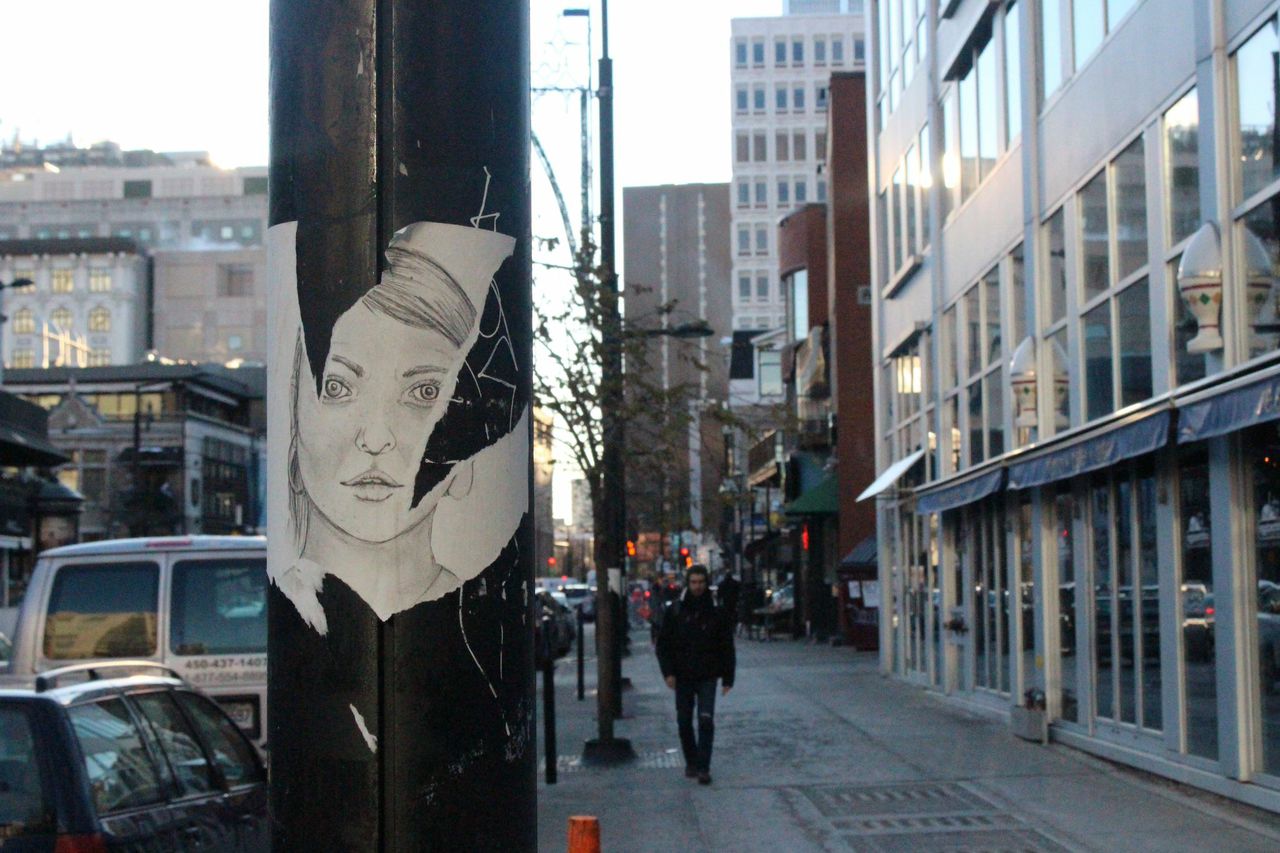Recent events highlight the need for allies against sexual comments
Ever since the video “10 Hours of Walking in NYC as a Woman” by the Hollaback! collective gained notoriety, catcalling and street harassment seem to be all over everybody’s newsfeeds. In Montreal, some people took the matter into their own hands. About two weeks ago, the city was wallpapered with anti-catcalling posters, an initiative taken by collaborators of a blog called OntWatch on WordPress. The writers invite people to take back our public spaces and to “reiterate that it’s not our responsibility to alter the way we dress, where we walk, (and) at what time.”
But what’s the big deal about street harassment? A quick Google definition search will tell us that a catcall is a loud noise or comment of a sexual nature and that it is a form of sexual harassment. If you are a woman, this probably rings a bell. In fact, 65 per cent of women in the USA report being victims of some form of street harassment (compared to 25 per cent of men, with LGBT-identified men reporting more street harassment than heterosexual men) according to StopStreetHarassment.org. In Canada, the number reported of female victims escalates to 80 per cent, according to a study by Macmillan and colleagues in 2000.
The problem with catcalling is not necessarily the intention of the catcaller or the actual words that are used; it is the underlying assumptions behind it. What are just harmless comments for some, for me and for many women is a really unpleasant experience. Catcalling perpetuates and promotes the idea that women’s bodies exist mainly for the purpose of pleasing men, that we owe them something for giving us what they might consider a compliment; that being men somehow grants them the power to scrutinize or even have a say over our bodies. The bottom line is that this practice, which tends to be the precursor of more severe forms of street harassment, is not justified by a woman’s outfit, her physical appearance or the time and place she happens to be out and about.
Although these posters around the city may come across as aggressive or even radical—and are probably not the best way to address this issue—they are a reflection of the frustration and feelings of powerlessness that many women experience daily as victims of street harassment.
Like many, I wonder if there is a solution to this problem. I think that the best way to fight street harassment is to raise awareness, to speak up, to let others know how catcalling makes women feel, and to expose both men and women to testimonies of sexism and street harassment; such as those on the site Everyday Sexism.
It is important to keep in mind that in the fight against street harassment, and other gender inequality issues, men are our indispensable allies: only by understanding, educating and supporting each other will we get rid of this increasingly troubling practice.




